- Informatii telefonice:(+40) 748 400 200
Carbune activ Red Sea Spec Carbon 1000ml
Cod intern: xsales_2897434Producator: Red Sea
Vizualizari: 3 / Achizitii: 2
Stoc: In stoc
Pret: 109.9 RON
Acest produs este publicat in categoria Pentru animale la data de 16-03-2025: 03:03 si vandut de Nevertebrate. Vanzatorul isi asuma corectitudinea datelor publicate. ( alege finantarea potrivita )
-
Produs cu garantie
-
Livrare direct din stocul fizic al Nevertebrate
-
Retur gratuit minim 14 zile de la data achizitiei
Carbonul activ de la Red Sea este cea mai buna alegere pentru acvarii marine si de recif, datorita caracteristicilor sale tehnice unice. Marimea granulelor Red Sea REEF-SPEC™ Carbon si structura sa micro/macro poroasa, asigura o capacitate de absorbtie totala foarte mare si o extractie rapida a poluantilor organici specifici care se regasesc in acvariile de recif.Red Sea REEF-SPEC™ Carbon are un nivel foarte scazut de iesire a fosfatilor si un continut minim de cenusa, care nu afecteaza pH-ul apei din acvariu.Red Sea REEF-SPEC™ Carbon se va inlocui mult mai rar decat carbonul care nu este dedicat folosirii in recif sau este de o calitate mai scuzata si repreznta o solutie eficienta si cu un cost scazut pentru a avea cea mai buna calitate a apei intr-un acvariu marin sau de recif.Caracteristici principale:Eliminarea rapida a poluantilor organiciCapacitate ridicata de absorbtie totalaScurgeri foarte scazute de fosfatiContinut foarte scazut de cenusaPotrivit pentru apa dulce sau marineSaculet de filtrare inclus (250g, 500g, 1000g)REEF-SPEC™ Carbon se comercializarea in cutii de 250g /9 oz , 500g /18 oz and 1000g /35 oz .Specificatii Forma0.6 – 2.3 mm fulgiDensitate0.48 g/mlVolum pori (PV)1.04 ml/gSuprafata totala (TSA)1000 m2/gTSA/PV990 m2/mlAbsorbtie a moloeculelor organice dimensiune mica1000 mg/gAbsorbtie a moloeculelor organice dimensiune mare280 mg/gpH in apa distilata>8Scurgeri fosfati0.000001 g/ml The role of Activated Carbon in the reef aquarium Why do we need to use carbon in a reef aquarium?There are organic pollutants that can only be removed from reef aquarium water by active carbon.The reef aquarium is a closed artificial ecosystem where living creatures continually produce organic waste consisting of proteins, fats, carbohydrates, organic acids and phenols.If allowed to decompose the organics will fuel the activity of many unwanted microorganisms in the aquarium, increasing the total oxygen demand (BOD, COD) which will cause a reduction in Redox potential, as well as causing excessive production of CO2 by bacterial respiration, which will reduce pH. Furthermore, there will be an increase in nitrogenous and phosphorus compounds, encouraging growth of nuisance bacteria and eventually of nuisance algae. The accumulating organics also has a significant effect on light penetration, especially in the blue and near UV spectrum that stimulates coral growth.Stripping out the organics from the water is therefore crucial for the success of the aquarium. Using strong protein skimming, fine mechanical filtration and healthy biological filtration (nitrification and de-nitrification) will treat the large organic particles and the end products of the organic decomposition processes. However, there are many small organic particles that can only be treated by very fine mechanical micro-filtration using activated carbon.How does activated carbon filter water?Scientifically speaking, carbon removes the organics from water by a physical process called adsorption. Within a reef aquarium, the submicroscopic pores of activated carbon is the final stage of the mechanical filtration process, adsorbing the organic molecules that are too small to be removed by even the finest mechanical filters or physically removed from the water by protein skimming.Adsorption can be thought of as the adhesion of a molecule to surface by attractive forces. This occurs within the submicroscopic pores of the carbon because the attractive forces between the organic molecules and the internal surfaces of the carbon are far greater than the attractive forces that keep them dissolved in solution. This will continue until all of the surface area inside the carbon is used up and it becomes saturated with organics. What is activated carbon?Activated carbon is an extremely porous material with a sponge like structure but with a very large internal surface area relative to its physical size. It is produced from many organic materials that have a high carbon content such as coconuts shells, nutshells, lignite, bituminous coal or anthracite. The carbon-based material is “activated” through physical modification and thermal decomposition in a furnace, under a controlled atmosphere and temperature. The activation process significantly increases the surface area per unit volume of a fine network of submicroscopic pores which is what gives activated carbon its ability to act as a filter material. The specific source of the carbon and the specific activation process determines the physical characteristics of the finished product. There are many different grades of activated carbon and therefore they must be selected specifically for each and every application. What makes a specific carbon ideal for reef aquariums usage?There are a number of internationally accepted tests for evaluating and comparing activated carbon. However, the most significant parameters for selecting a carbon for reef aquariums are the Iodine Number and Methylene Blue Number. These two parameters measure the ability of the carbon to adsorb all of the organic waste from a reef aquarium that is not removed by the mechanical filtration and protein skimming. The higher the number the more organics will be removed from the aquarium per gram of active carbon used. Both of these numbers are about as important as each other and should always be considered together when evaluating test data.Some manufacturers quote a Molasses Number, however the molecules in the molasses size range are typically removed by protein skimming and therefore this number is irrelevant when evaluating the suitability of activated carbon for reef aquariums.In the past, carbons have been known to leach phosphate into the water, which is undesirable for a reef aquarium and therefore the lowest levels of Leachable Phosphate are considered better. In reality, as long as the leachable phosphate is below a basic threshold level, any differences below that level is not measurable in reef aquariums and is therefore irrelevant.The cleanliness or dustiness of the product is also a consideration and is measured as the Ash Level. The lower the better as higher levels indicate a larger quantity of particles will be released to the water and a lower actual mass of carbon left to do the filtration. Ash levels are often quoted by manufacturers however it is easiest visualized by viewing the turbidity on adding the carbon to water.In addition to these important indicators, the overall efficiency of the activated carbon will be effected by its physical parameters such as Product Density, TSA, Pore Volume and Mesh Size.Activated carbon produced from lignite and anthracite are not recommended for reef aquariums due to an excessive amount of fine powder released to the water (which may lead to lateral line necrosis “HLLE disease” in some fish). Coconut shell or bituminous coal are the preferred sources.Tips on using Reef Spec Carbon in a reef aquarium The adsorption activity of the carbon media relies on a good carbon/water contact and therefore moderately active water flow will increase the efficiency. Strong water flow will reduce the contact time and interfere with the adhesion process of the organic molecules to the carbon. Strong water flow may also cause the granules to grind against each other, releasing carbon material to water. For best results:Remove any fines, by rinsing carbon under tap water.Due to air trapped in the pores carbon will float and therefore it is recommended to soak the carbon in RO water until all of the air has been released.Place the carbon in a location with an active flow of 1000-1500 lph (250-400 gph) per 50 gr carbon.Replace carbon every 1.5 – 2 months. Note: When carbon becomes saturated with organics, it may start adsorbing some of the trace elements from the seawater. Usage Guide Organic load and yellow tint removal: The recommended dosage of Red Sea’s REEF SPEC Carbon is approximately 50 gr (100 ml) per 200 L (50 gallons) for a period of 1-2 months for a moderately stocked reef aquarium.Post-medication treatment: The recommended dosage of Red Sea’s REEF SPEC Carbon to adsorb medication residuals is approximately 100 gr (200 ml) per 200 L (50 gallons) for a period of a week.Ozone post-treatment: The recommended dosage of Red Sea’s REEF SPEC Carbon to remove residual ozone is 50 gr per 50mg/hr of ozone injection. The carbon should be placed at the ozone reactor/ protein skimmer outlet. Carbon should be replaced once it has reached approximately 50% of its original volume.




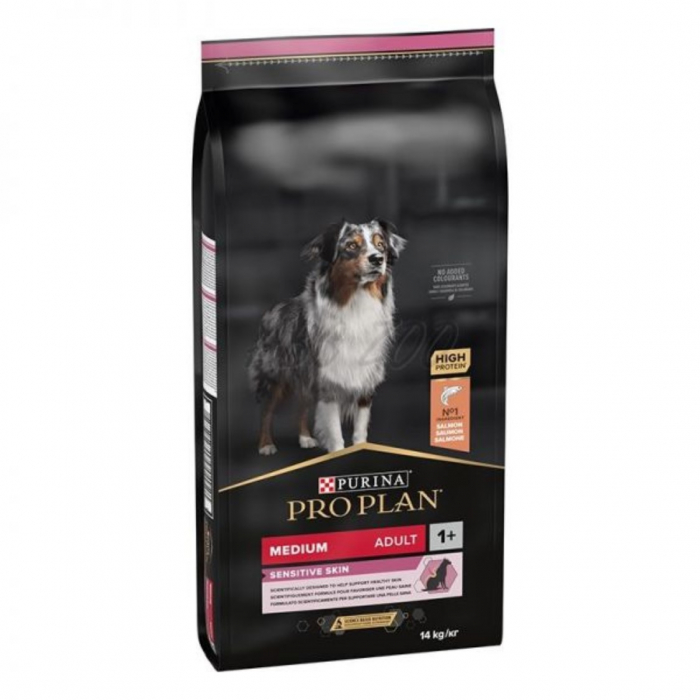
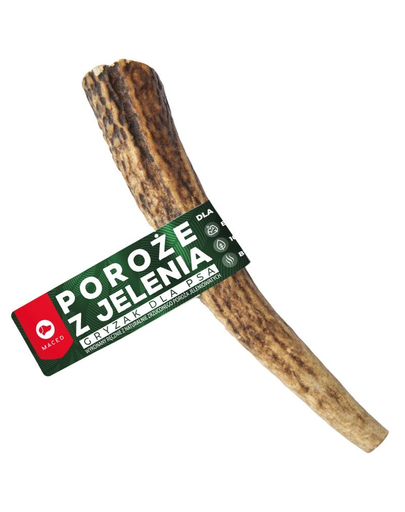







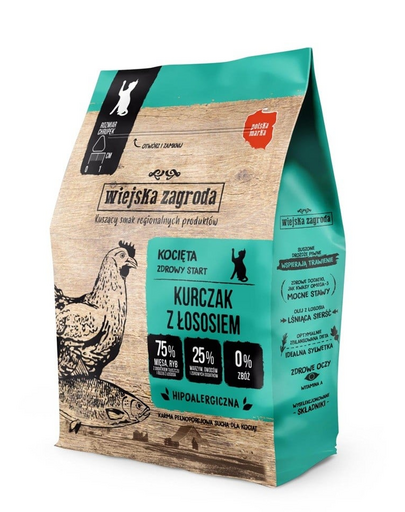




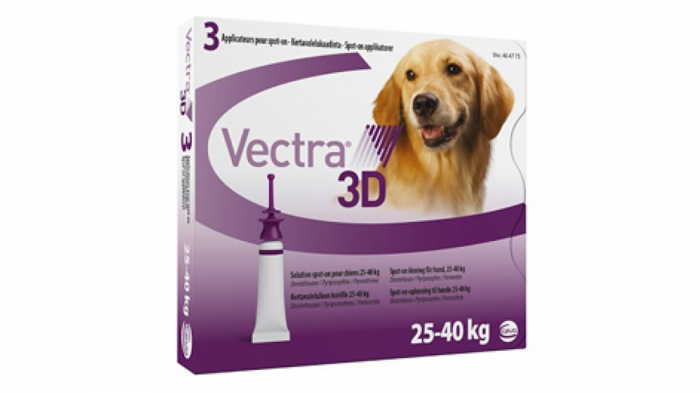
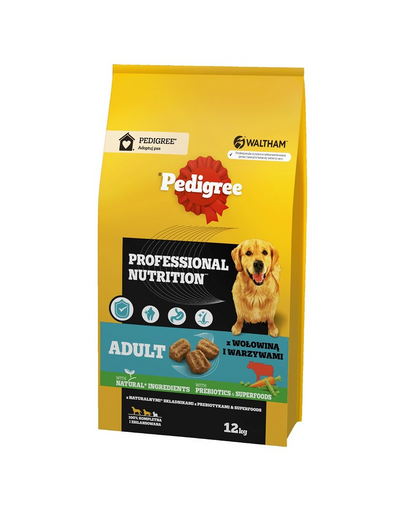
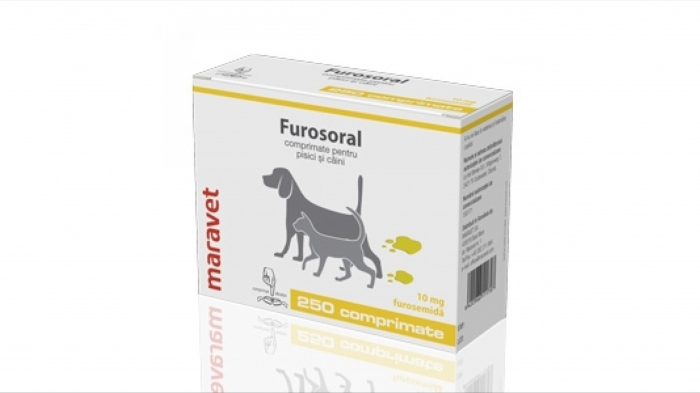

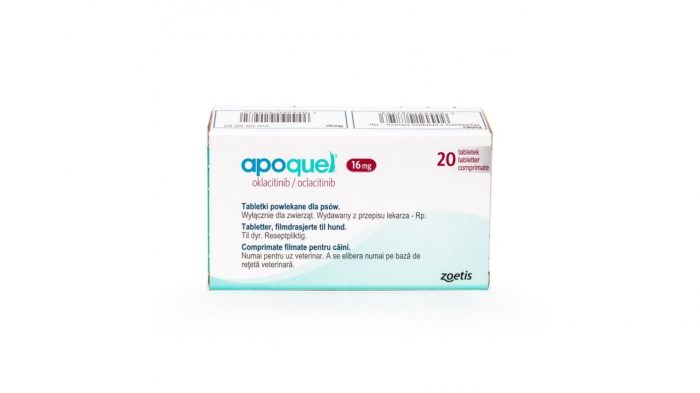
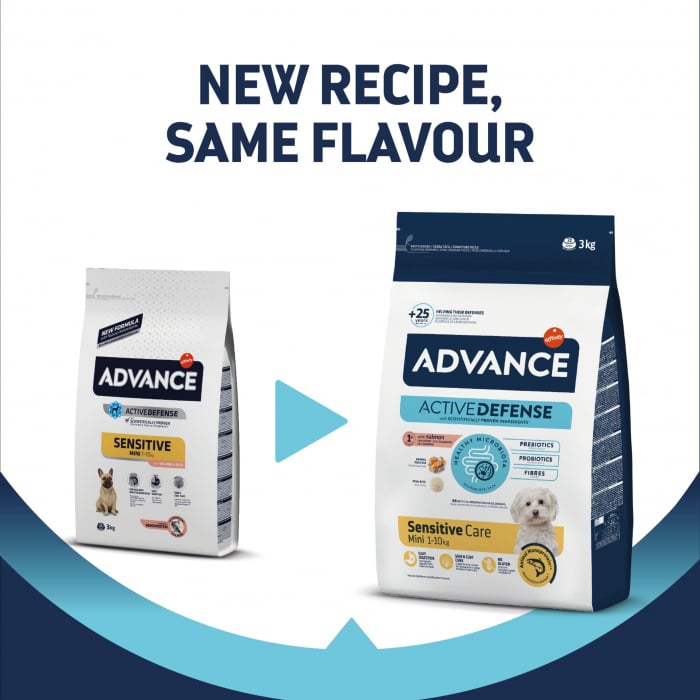



Scrie parerea ta
Carbune activ Red Sea Spec Carbon 1000ml
Ai cumparat produsul Carbune activ Red Sea Spec Carbon 1000ml ?
Lasa o nota si parerea ta completand formularul alaturat.
Carbonul activ de la Red Sea este cea mai buna alegere pentru acvarii marine si de recif, datorita caracteristicilor sale tehnice unice. Marimea granulelor Red Sea REEF-SPEC™ Carbon si structura sa micro/macro poroasa, asigura o capacitate de absorbtie totala foarte mare si o extractie rapida a poluantilor organici specifici care se regasesc in acvariile de recif.Red Sea REEF-SPEC™ Carbon are un nivel foarte scazut de iesire a fosfatilor si un continut minim de cenusa, care nu afecteaza pH-ul apei din acvariu.Red Sea REEF-SPEC™ Carbon se va inlocui mult mai rar decat carbonul care nu este dedicat folosirii in recif sau este de o calitate mai scuzata si repreznta o solutie eficienta si cu un cost scazut pentru a avea cea mai buna calitate a apei intr-un acvariu marin sau de recif.Caracteristici principale:Eliminarea rapida a poluantilor organiciCapacitate ridicata de absorbtie totalaScurgeri foarte scazute de fosfatiContinut foarte scazut de cenusaPotrivit pentru apa dulce sau marineSaculet de filtrare inclus (250g, 500g, 1000g)REEF-SPEC™ Carbon se comercializarea in cutii de 250g /9 oz , 500g /18 oz and 1000g /35 oz .Specificatii Forma0.6 – 2.3 mm fulgiDensitate0.48 g/mlVolum pori (PV)1.04 ml/gSuprafata totala (TSA)1000 m2/gTSA/PV990 m2/mlAbsorbtie a moloeculelor organice dimensiune mica1000 mg/gAbsorbtie a moloeculelor organice dimensiune mare280 mg/gpH in apa distilata>8Scurgeri fosfati0.000001 g/ml The role of Activated Carbon in the reef aquarium Why do we need to use carbon in a reef aquarium?There are organic pollutants that can only be removed from reef aquarium water by active carbon.The reef aquarium is a closed artificial ecosystem where living creatures continually produce organic waste consisting of proteins, fats, carbohydrates, organic acids and phenols.If allowed to decompose the organics will fuel the activity of many unwanted microorganisms in the aquarium, increasing the total oxygen demand (BOD, COD) which will cause a reduction in Redox potential, as well as causing excessive production of CO2 by bacterial respiration, which will reduce pH. Furthermore, there will be an increase in nitrogenous and phosphorus compounds, encouraging growth of nuisance bacteria and eventually of nuisance algae. The accumulating organics also has a significant effect on light penetration, especially in the blue and near UV spectrum that stimulates coral growth.Stripping out the organics from the water is therefore crucial for the success of the aquarium. Using strong protein skimming, fine mechanical filtration and healthy biological filtration (nitrification and de-nitrification) will treat the large organic particles and the end products of the organic decomposition processes. However, there are many small organic particles that can only be treated by very fine mechanical micro-filtration using activated carbon.How does activated carbon filter water?Scientifically speaking, carbon removes the organics from water by a physical process called adsorption. Within a reef aquarium, the submicroscopic pores of activated carbon is the final stage of the mechanical filtration process, adsorbing the organic molecules that are too small to be removed by even the finest mechanical filters or physically removed from the water by protein skimming.Adsorption can be thought of as the adhesion of a molecule to surface by attractive forces. This occurs within the submicroscopic pores of the carbon because the attractive forces between the organic molecules and the internal surfaces of the carbon are far greater than the attractive forces that keep them dissolved in solution. This will continue until all of the surface area inside the carbon is used up and it becomes saturated with organics. What is activated carbon?Activated carbon is an extremely porous material with a sponge like structure but with a very large internal surface area relative to its physical size. It is produced from many organic materials that have a high carbon content such as coconuts shells, nutshells, lignite, bituminous coal or anthracite. The carbon-based material is “activated” through physical modification and thermal decomposition in a furnace, under a controlled atmosphere and temperature. The activation process significantly increases the surface area per unit volume of a fine network of submicroscopic pores which is what gives activated carbon its ability to act as a filter material. The specific source of the carbon and the specific activation process determines the physical characteristics of the finished product. There are many different grades of activated carbon and therefore they must be selected specifically for each and every application. What makes a specific carbon ideal for reef aquariums usage?There are a number of internationally accepted tests for evaluating and comparing activated carbon. However, the most significant parameters for selecting a carbon for reef aquariums are the Iodine Number and Methylene Blue Number. These two parameters measure the ability of the carbon to adsorb all of the organic waste from a reef aquarium that is not removed by the mechanical filtration and protein skimming. The higher the number the more organics will be removed from the aquarium per gram of active carbon used. Both of these numbers are about as important as each other and should always be considered together when evaluating test data.Some manufacturers quote a Molasses Number, however the molecules in the molasses size range are typically removed by protein skimming and therefore this number is irrelevant when evaluating the suitability of activated carbon for reef aquariums.In the past, carbons have been known to leach phosphate into the water, which is undesirable for a reef aquarium and therefore the lowest levels of Leachable Phosphate are considered better. In reality, as long as the leachable phosphate is below a basic threshold level, any differences below that level is not measurable in reef aquariums and is therefore irrelevant.The cleanliness or dustiness of the product is also a consideration and is measured as the Ash Level. The lower the better as higher levels indicate a larger quantity of particles will be released to the water and a lower actual mass of carbon left to do the filtration. Ash levels are often quoted by manufacturers however it is easiest visualized by viewing the turbidity on adding the carbon to water.In addition to these important indicators, the overall efficiency of the activated carbon will be effected by its physical parameters such as Product Density, TSA, Pore Volume and Mesh Size.Activated carbon produced from lignite and anthracite are not recommended for reef aquariums due to an excessive amount of fine powder released to the water (which may lead to lateral line necrosis “HLLE disease” in some fish). Coconut shell or bituminous coal are the preferred sources.Tips on using Reef Spec Carbon in a reef aquarium The adsorption activity of the carbon media relies on a good carbon/water contact and therefore moderately active water flow will increase the efficiency. Strong water flow will reduce the contact time and interfere with the adhesion process of the organic molecules to the carbon. Strong water flow may also cause the granules to grind against each other, releasing carbon material to water. For best results:Remove any fines, by rinsing carbon under tap water.Due to air trapped in the pores carbon will float and therefore it is recommended to soak the carbon in RO water until all of the air has been released.Place the carbon in a location with an active flow of 1000-1500 lph (250-400 gph) per 50 gr carbon.Replace carbon every 1.5 – 2 months. Note: When carbon becomes saturated with organics, it may start adsorbing some of the trace elements from the seawater. Usage Guide Organic load and yellow tint removal: The recommended dosage of Red Sea’s REEF SPEC Carbon is approximately 50 gr (100 ml) per 200 L (50 gallons) for a period of 1-2 months for a moderately stocked reef aquarium.Post-medication treatment: The recommended dosage of Red Sea’s REEF SPEC Carbon to adsorb medication residuals is approximately 100 gr (200 ml) per 200 L (50 gallons) for a period of a week.Ozone post-treatment: The recommended dosage of Red Sea’s REEF SPEC Carbon to remove residual ozone is 50 gr per 50mg/hr of ozone injection. The carbon should be placed at the ozone reactor/ protein skimmer outlet. Carbon should be replaced once it has reached approximately 50% of its original volume.
Acorda un calificativ